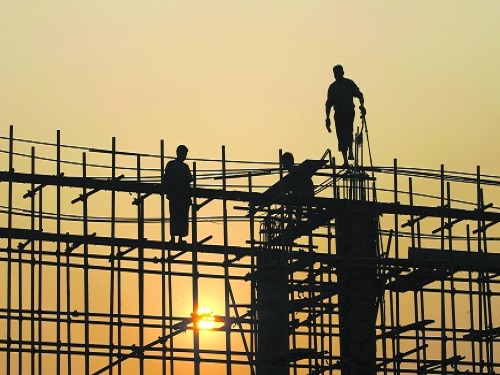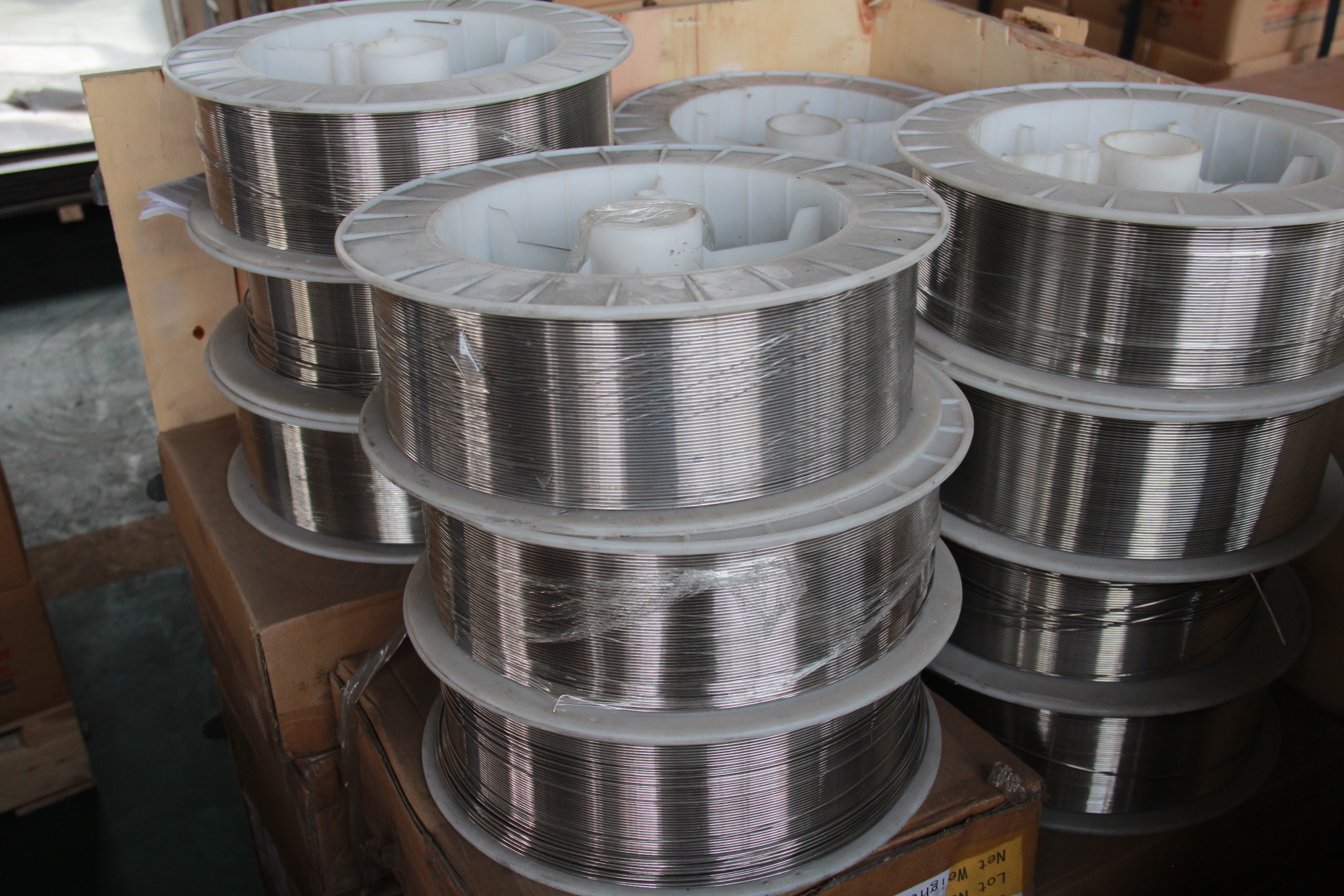Building Materials Industry Explores Transformation and Upgrade

Last month, the Ministry of Housing and Urban-Rural Development announced the national real estate data for the period from January to September of 2015. The sales of commercial housing in the country continued to pick up in the continuing downturn. However, the performance of “Jinjiu†remained slightly flat.
Under the background of the slowdown in China's macroeconomic growth and the sluggish real estate market, the building materials industry, which has a solid relationship with the real estate market, is facing a more difficult situation in recent years.
The prices of concrete, cement, glass and other building materials continued to decline, and the current price and economic benefits of building materials have been deterred and reversed. This has become an urgent need and a priority for the building materials industry.
On November 3rd, the “First Annual China Building Materials Industry Economic Forum†was held in Beijing. It was intended to explore the transformation and upgrading of the building materials industry, sort out the direction, path and goals of transformation and upgrading, and promote the transformation and upgrading of the building materials industry.
The first session of the annual economic forum of China's building materials industry.
The transformation is imperative
The building material industry is known as the title of "a cornerstone of all industries." Since ancient times, it is the basic industry that promotes social and economic development. Since the reform and opening up, the building materials industry has developed rapidly. Nowadays, China's economy has entered a new normal state of structural adjustment, and the building materials industry is also facing many challenges such as serious overcapacity and declining economic benefits. Transformation and upgrading are imperative.
The China National Building Materials Federation stated that the “China National Building Material Industry Annual Economic Forum†is a meeting for the building materials industry to study economic work in the current situation and specifically proposes the direction and support of the transformation and upgrading. It has a guiding role in the reform and development of the industry. Traction effect.
After 36 years of glory, the building materials industry faces the daunting challenge of transformation and upgrading. The president of China Federation of Building Materials, Qiao Longde systematically expounded the direction, path and objectives of the transformation and upgrading of the building materials industry, and described the roadmap for transformation and upgrading.
Qiao Longde also pointed out that as the development of the building industry, industry association organizations and building materials industry leader must comply with the trend of the times, face the challenge of deepening reforms, adhere to the correct positioning, adhere to the origin of survival, and closely focus on the development of the industry and continuously improve Competence and strength.
The forthcoming national "13th Five-Year Plan" will clarify the various tasks of the macroeconomic adjustment structure. “We are in a period of rapid urbanization and our potential and space are still vast, but risks and challenges are even more pronounced. These include the gradual weakening of the original cost advantage and the structural contradictions that remain prominent, including the industrial structure. , income distribution structure, urban and rural structure, and so on, and these structural contradictions have hindered the normal circulation of the economy.†Xu Lin, Director of the Planning Department of the National Development and Reform Commission, interpreted how the building materials industry is transformed and upgraded under the background of macroeconomic restructuring and transformation. . He said that from a comprehensive point of view, China is still in a period of strategic opportunities that can accomplish much, and the key is to achieve transformation and upgrading and innovation-driven.
Building materials industry as an important part of the national infrastructure construction and real estate industry, during the "Thirteenth Five-Year Plan" period, the construction industry and real estate industry trends will have a major impact on the building materials industry. Qin Hong, Director of the Policy Research Center of the Ministry of Housing and Urban-Rural Development, pointed out some new changes in the real estate market: “90% of homebuyers want to live. This has changed a lot over the past few years. Now the real estate demand is real demand. In order to live, not for investment.†She explained the status quo and future trends of the real estate industry and construction industry through a large amount of data, and transmitted extremely important market information for the building materials industry.
Practice in exploration
Leading companies in the building materials industry are also exploring each in the practice of transformation and upgrading.
Song Zhiping, chairman of China National Building Materials Group, believes that innovation and transformation are the top priorities of the company. He explained an important point: The new economic normal brings unlimited imagination and practical opportunities to the development of the company. How to adapt to the new normal, make good use of innovation-driven, complete the transformation and upgrade to achieve magnificent turn, is a building material company to pay special attention.
China National Materials Group is well known to the industry as a successful "going out" practice for the building materials industry. Liu Zhijiang, Chairman of China National Materials Group, combined with personal experience, expounded the experience and viewpoints of seizing the opportunity of international capacity cooperation and successfully achieving international transformation, again confirming that the “Belt and Road†national strategy is an important opportunity for the transformation of the building materials industry.
In order to adapt to the changes in the functional orientation of Beijing's cities, the industrial transformation of Beijing Jinrong Group began in the 1990s. Li Weidong, executive deputy general manager of Beijing Jinrong Group, pointed out that the first is the restructuring of the industrial sector, which has been transformed from a single brick and sandstone manufacturing industry into an industrial chain industrial structure such as building materials manufacturing, real estate development, and property investment management. At the same time, the implementation of the transformation of the traditional building materials manufacturing industry to the “government's good helper, urban purifiers†social service function can also be referred to as the transition to the green ecological industry, and at the beginning of the “Twelfth Five-Year Planâ€, it will formulate a coordinated development strategy for the integration of Beijing, Tianjin and Hebei. At present, the strategic layout has been completed.
Hu Jingshan, chairman of Tianjin Building Materials Group, said that Tianjin is a city of logistics and is not suitable for the development of building materials manufacturing industry. Therefore, the transformation goal is to gradually reduce the building materials manufacturing industry, completely withdraw from backward production capacity, and vigorously develop the building materials trade circulation industry and production industry.
Qiu Ping, chairman of Shanghai Building Materials Group, said that the group's transformation focused on asset management and capital operations, focused on the development of mixed ownership, some enterprises that are not suitable for state-owned holdings, and the transfer of business management rights and even control rights to private investors, stimulating With market vitality, state-owned equity has also gained relatively good returns.
Wu Bin, general manager of Anhui Conch Cement Co., Ltd. believes that the transformation of the traditional cement industry has three directions: First, the efficiency of the type, the cost continues to decline, consumption continues to decrease, the efficiency continues to grow. The second is the environmental protection type, and vigorously develops the waste disposal enterprise in collaboration, as an environmental purifier. The third is the export-oriented model. According to the “One Belt and One Road†roadmap, South Africa invests in Southeast Asia and invests West in the State of Stan.
The transformation practice of enterprises is an inevitable choice under the new normal. Under the guidance of the “One Belt and One Road,†“Beijing-Tianjin-Hebei Integration,†“Development of Production and Industry,†and “Development of Mixed Ownership,†and other important strategies, building materials companies are Find their own way in their exploration of transformation and upgrading.
Use innovation to make the main line
As an important department involved in the formulation of the “Thirteenth Five-Year Planâ€, Xu Lin, Director of the Planning Division of the National Development and Reform Commission, made an important interpretation of the plan. The development of the “Thirteenth Five-Year Plan†must be clearly guided, that is, to improve quality and efficiency. As the development orientation that leads the new normal, at the same time, it is necessary to permeate reform and innovation throughout the entire process of development. That is, reform and innovation should be treated as a main line. On this basis, we must emphasize the continuous release of development enthusiasm through the deepening of reforms. We must continue to strengthen the endogenous driving force of development through innovation-driven development. We must increase national international competitiveness with comprehensive openness, and promote development with inclusive development. The cohesiveness of society is to improve the nation’s sustainable development capacity with green and low carbon.
More than 70% of China's building materials companies are small and medium-sized enterprises. This large number of groups is an important part of innovation and transformation.
The power of science and technology supports the emerging industries of building materials. Zhang Qingjie, president of Wuhan University of Technology, proposed that colleges and universities should become the cradle of “mass entrepreneurship and innovation†and cultivate reserve talents for emerging industries of building materials.
Gao Qi, general manager of Tianjin Beibo Glass Industry Co., Ltd. put forward that “Made in China†is only catching up with international advanced standards, and “Creation by China†leads the international advanced standards. "Creation in China" is the fundamental idea that should be adhered to in the transformation of a company's innovation. "Original spirit" is the most powerful guiding force in the high-end intelligentization of the transformation of the building materials industry. It is also a magic weapon that fundamentally suppresses economic decline and expands international capacity cooperation.
Zhao Gang, deputy director of the International Cooperation Program Office for Renewable Energy and New Energy, of the Ministry of Science and Technology proposed that SMEs’ ​​innovation and transformation needs the support of projects, funds, and talents. The government and industry organizations should focus on providing assistance in these areas.
Alloy steel refers to steel with high strength and good chemical stability at high temperature. It includes two types of anti oxidation steel (or high temperature resistant steel) and hot steel. Anti oxidation steel generally requires good chemical stability, but the capability is limited. High temperature strength and the corresponding oxidation resistance of heat and strong steel are required. Heat-Resistance Steel is often used in the manufacture of boiler, steam turbine, power machinery, industrial furnace and aviation, petrochemical and other industrial sectors in the work of the high temperature parts. In addition to the requirements of high temperature strength and high temperature oxidation corrosion, sufficient toughness, good shaping and welding are also required according to the different use, as well as a certain organizational stability. In addition, some new low chromium nickel oxidation are also developed .
Heat-Resistance Steel
Heat-Resistance Steel ,Heat-Resistant Material Handling Steel,Heat-Resistant Steel Tube,Heat-Resistant Black Round Steel Pipe
Jiangsu nickel alloy Co.,Ltd , https://www.xhalloy.com